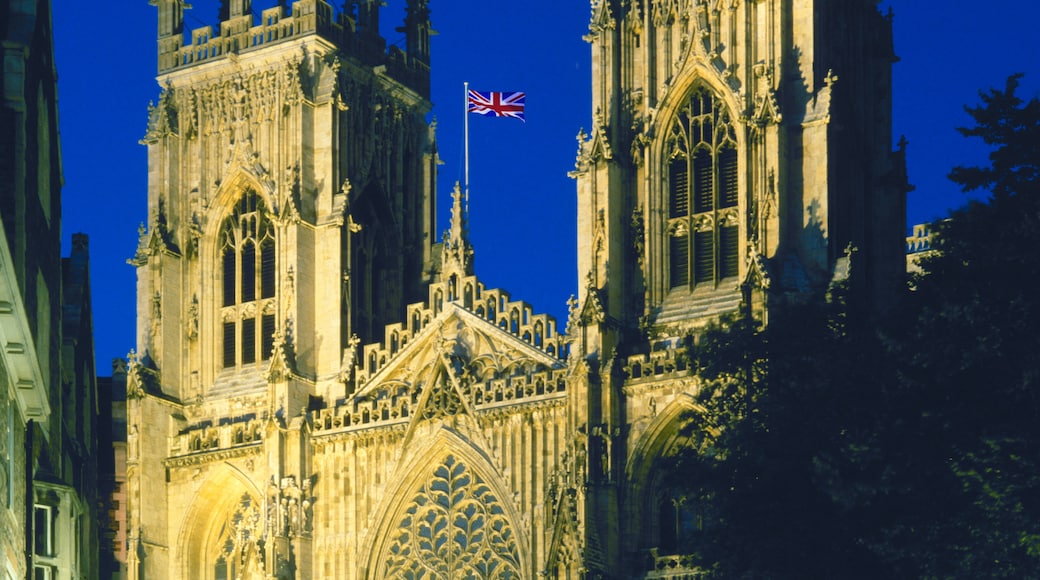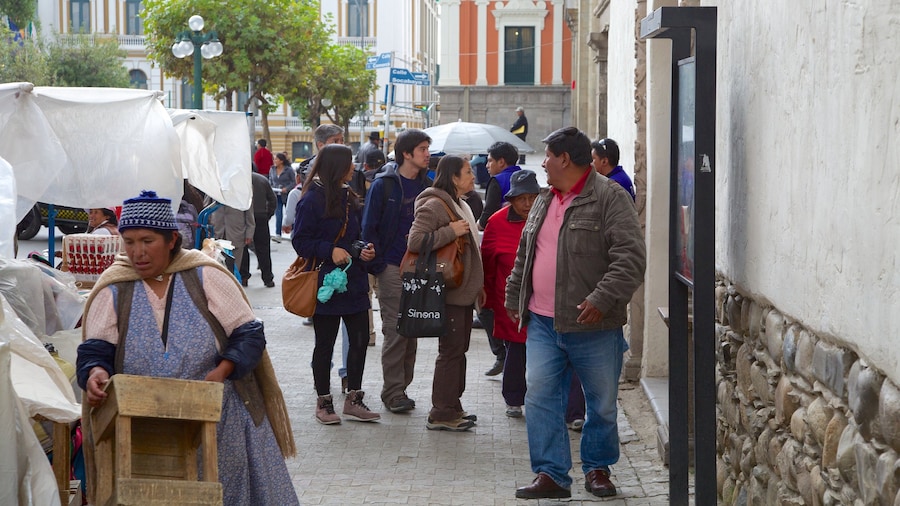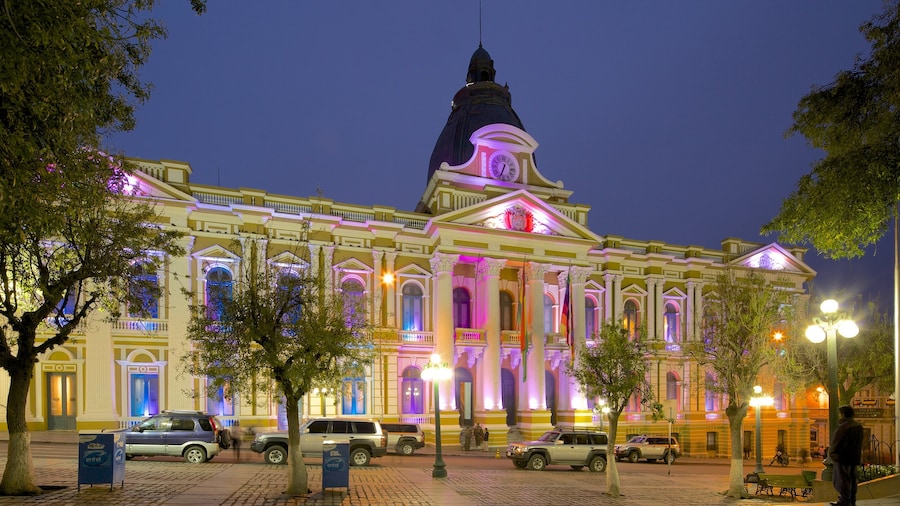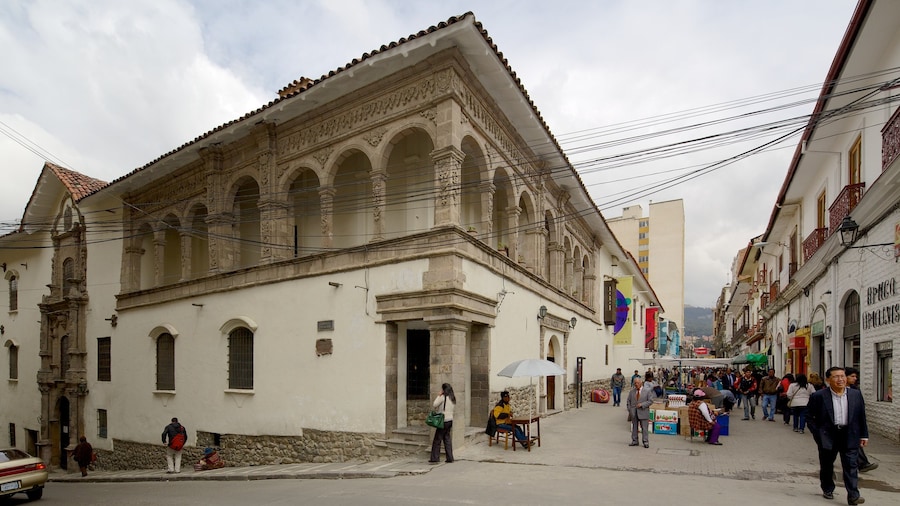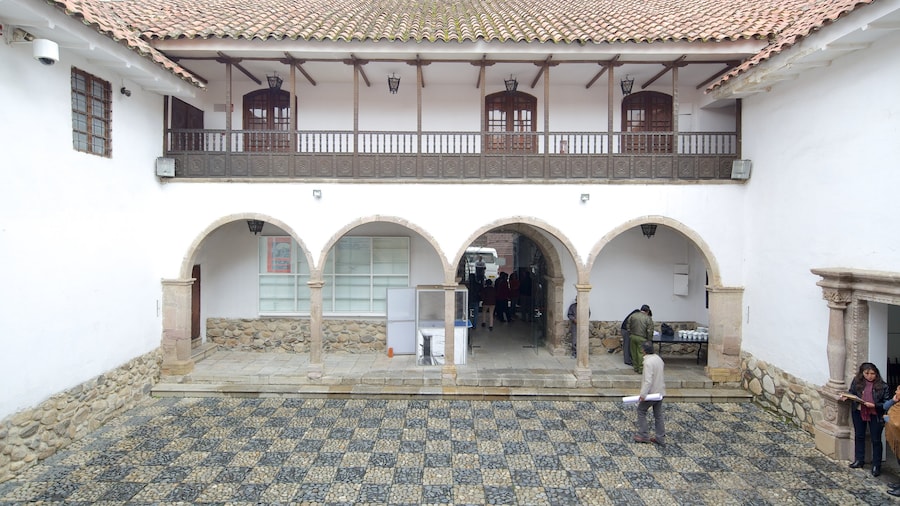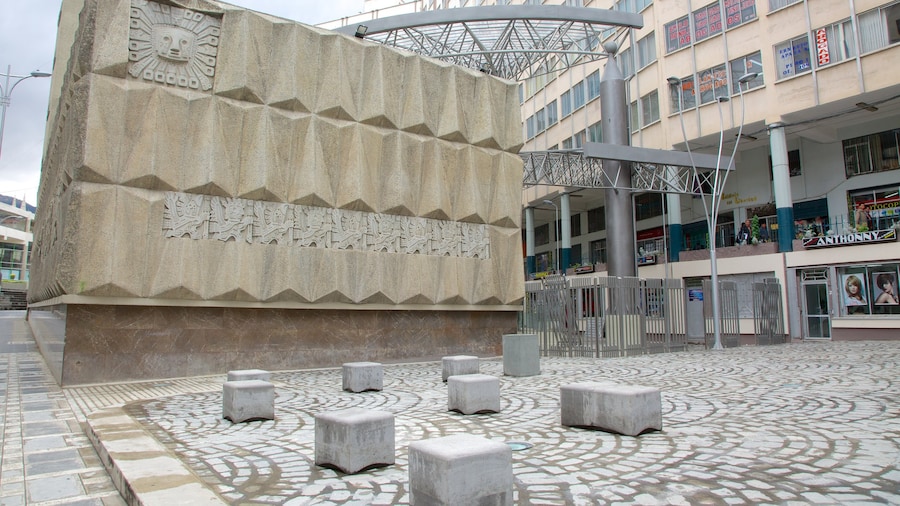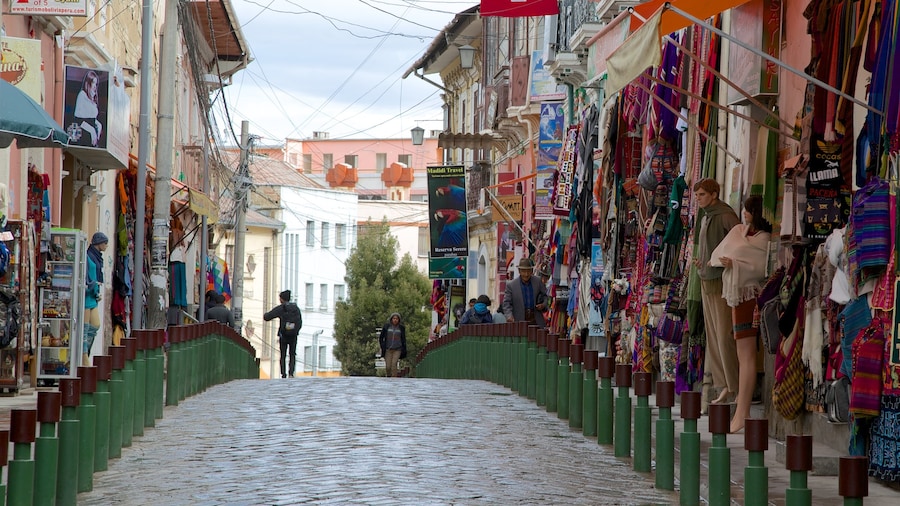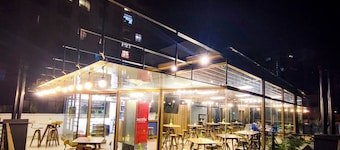Striking neoclassical architecture and impressive stained glass windows testify to thecity’s turbulent political history.
The La Paz Cathedral (Catedral Nuestra Señora de La Paz),also known as Cathedral Murillo, is the central building in the Plaza Murillo.With neoclassical 19th-century architecture, stained-glass windows with imagesof former presidents and the tomb of a former Bolivian president, thiscathedral pays tribute to a number of events in Bolivia's past.
Construction of the cathedral began in the 1830s. The buildingextends for the whole city block and the entrance from the plaza is 12 metres(30 feet) higher than the base. Admire the tall stone façade that blendsbaroque and neoclassical architectural styles. See the tall ornamental pillarson the front and the three domed bell towers.
Enter through the bronze doors and walk into the open,surprisingly sparse nave, which is framed by columns and tall arches. Behindthe altar are the striking stained-glass windows with images of former Bolivianpresidents and their families receiving holy blessings. Within the nave is thecrypt of a former Peruvian and Bolivian present, Andrés de Santa Cruz yCalahumana. Calahumana was a royalist military leader fighting for the SpanishCrown to suppress the revolution who died in 1865 in France.
Step outside the cathedral and explore the monumentsin Plaza Murillo that honor the city’s turbulent political history. See the bustof Gualberto Villarroel, a former president who was caught and killed byinsurgents in 1946. Photograph the Presidential Palace and the changing of theguard by soldiers in 19th-century uniforms and see the majestic PalacioLegislativo, the seat of the Bolivian government.
La Paz Cathedral is located on the southern aspect ofthe Plaza Murillo in the historical city centre. It is within walking distancefrom Plaza San Francisco and easily accessible via taxi or a low-cost sharedmini-bus. The cathedral is open in the afternoons, Monday to Friday, and in themornings on weekends.
